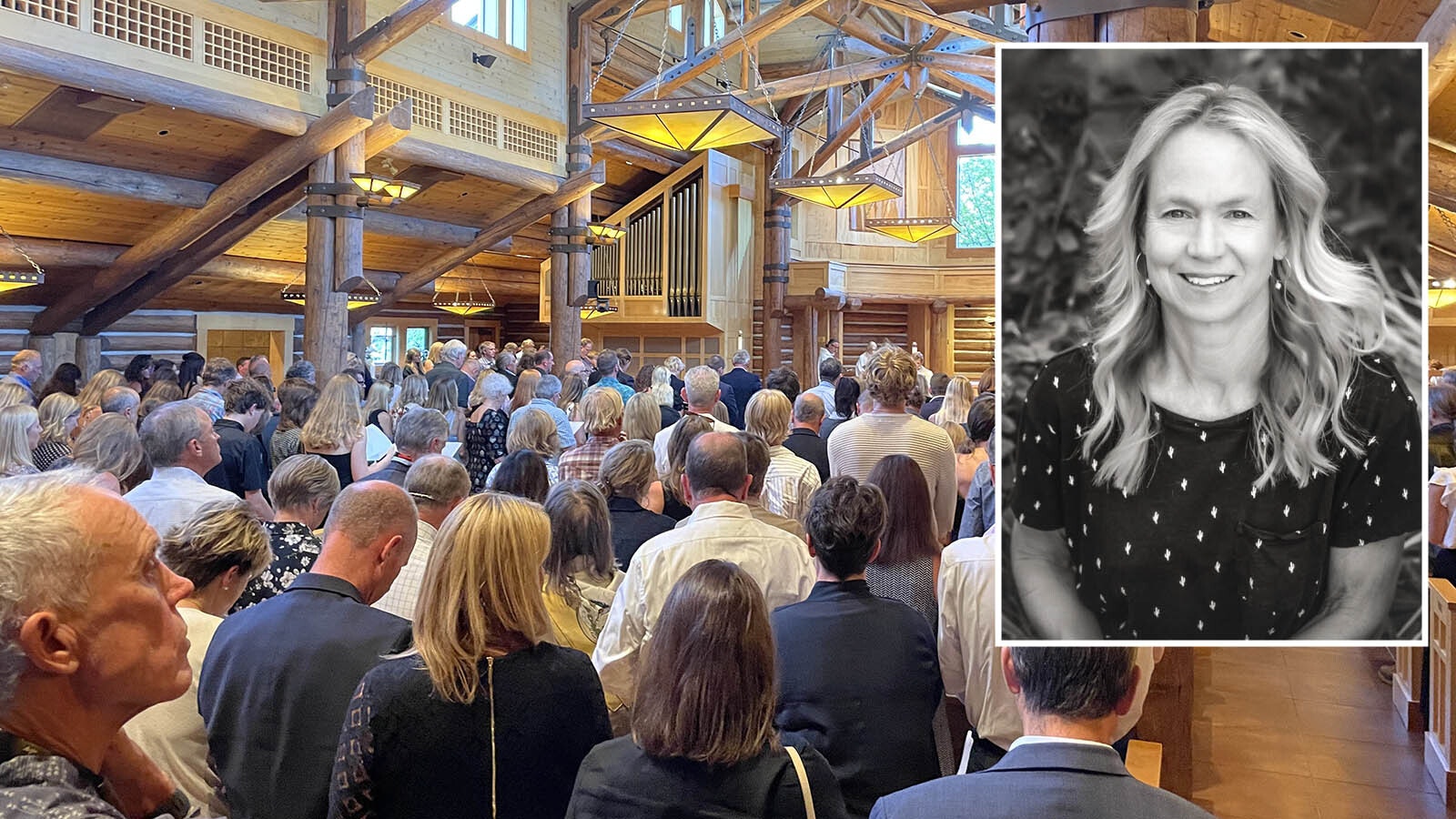A woman was sentenced Monday to pay nearly $15,000 in restitution and serve 12 months of probation after being convicted of defacing petroglyphs at a historic site in southern Utah.
Daniela Ganassim Ericksen of Ivins, Utah, was arrested in November 2024 on felony charges for damaging the Buckskin Gulch Petroglyphs, east of Kanab and just north of the Arizona state line.
The petroglyphs are associated with the ancestors of the Southern Paiute Tribe.
Ericksen carved several figures into a petroglyph panel along the Wine Pass Trail.
She caused an estimated $7,000 worth of damage that "can never be made 100% whole again," according to the Bureau of Land Management (BLM) Utah.
Ericksen was sentenced to pay $14,853.36 in restitution for the damage she caused.
She was also sentenced to 12 months of probation, barred from entering all BLM land, and she must send a letter of apology to the tribes who have a cultural association with the Buckskin Gulch Petroglyphs.
Wyoming archaeologists told Cowboy State Daily that they're happy when anyone faces consequences for vandalizing archaeological sites, let alone being caught.
They hope this sentence will send a strong warning and help discourage vandalism at similar sites in Wyoming and elsewhere.
“In my professional opinion, I think it's pretty fantastic that she was prosecuted at all," said Bonnie Smith, president of the Wyoming Association of Professional Archaeologists. "People who have been caught vandalizing petroglyphs usually get a slap on the wrist at best.
"It's nice to see they're taking their cultural heritage seriously in Utah."
Crime And Punishment
There are hundreds of petroglyph sites in the American West, and nearly all of them have some form of federal protection.
However, that doesn't make them immune to vandalism, and perpetrators are rarely caught.
Smith recalled an incident of vandalism that happened several years ago at the Legend Rock Petroglyph Site near Thermopolis.
Children approached and defaced one of the panels while they visited the site.
"The parents weren't paying attention to their kids," she said. "Luckily, there is infrastructure at Legend Rock, and we were able to see the license plates of vehicles that go in and out."
The family was ultimately identified and charged with vandalism — partially because the child responsible had etched his full name into the panel, Smith said, adding that if you're going to commit a crime, it's best not to sign your work.
According to Smith, the family was fined $5,000 in restitution. She still cites this example when doing archaeological education programs with kids.
"I always say $5,000 is a lot of money, especially if you're a little kid," she said. "If you don't have $5,000, don't do it."
Widespread And Limited
According to an assessment by the Wyoming Cultural Records Office, at least 157 of Wyoming's 666 known petroglyph sites have been vandalized.
That vandalism ranges from carvings and graffiti to entire petroglyphs being chiseled out and stolen from the rock walls containing them.
Smith said most people who vandalize Wyoming’s petroglyphs get away with it, mainly because it's extremely difficult to find the perpetrators after the fact.
"I've had people reach out to me who have witnessed individuals vandalizing rock art on BLM land," she said. "I've turned that over to Robert Lind, a BLM ranger, but he's one law enforcement officer covering an entire county.
"When you have limited staff, it's hard to monitor these sites."
The Wyoming Game and Fish Department is currently investigating a serious incident of vandalism that happened between late July and early September at an archaeological site near Dubois.
Details are sparse, but the department offered a $10,000 reward for "anyone with information that results in a conviction."
Sometimes, the public can shame perpetrators into making amends.
That's what happened with the Great Turtle Shield from the Castle Gardens Petroglyph Site, which was stolen from the site in 1940, only to be miraculously recovered by the Wyoming State Museum the following year.
"L.C. Bishop and the local ranchers made it known that if it didn't show up at the museum, somebody was going to get their legs broken," Wyoming archaeologist and petroglyph expert Mike Bies told Cowboy State Daily in a previous interview. "I strongly suspect that they knew who it was, but they allowed whoever did it to return it anonymously."
Punishment Precedent
Smith believes Wyoming's stewardship programs protect petroglyphs and other cultural heritage sites "could be stronger."
She cites Utah's Project Archaeology program as a model Wyoming could emulate, as it addresses these issues through education.
"Project Archaeology started as a direct response to generational looting of Native American graves and sites," she said. "They figured you could get in the classroom and teach these kids early on that what they're doing is wrong, rather than having them go out with grandma and grandpa, looting sites, and thinking that that's a totally normal Sunday afternoon activity."
Still, Smith is glad that the details of the Utah incident are being publicized. A $15,000 fine and a year of probation are more than "a slap on the wrist" that it will hopefully send a message to would-be vandals visiting Wyoming's petroglyph sites.
"'It's nice to see this woman's prosecution is being publicized, rather than sweeping it under the rug," she said. "It gives the crime a face, so to speak."
Andrew Rossi can be reached at arossi@cowboystatedaily.com.





